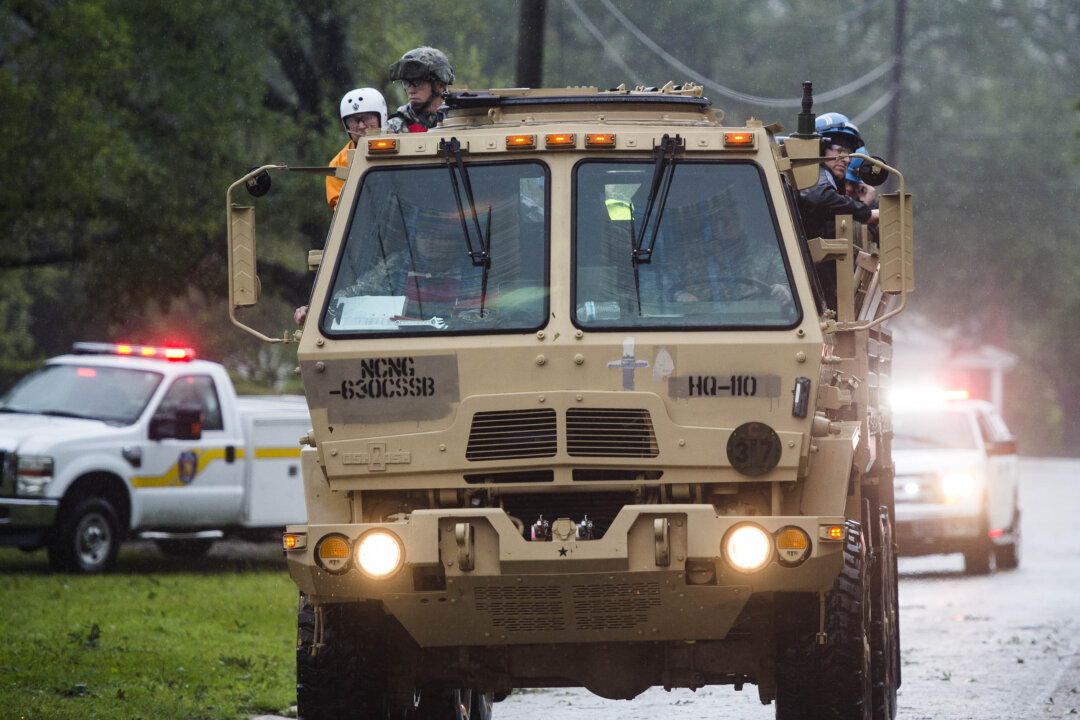A coalition of 20 states, predominantly led by Democratic governors, has filed a lawsuit challenging the Trump administration's sudden termination of the FEMA BRIC program. This program, known as Building Resilient Infrastructure and Communities, was designed to provide crucial funds for communities working to strengthen infrastructure against natural disasters. The states argue that this decision not only undermines resilience efforts but also violates federal law, as the program had been sanctioned
Did You Know
Canada has more lakes than the rest of the world's lakes combined.
?
AD
by Congress to support vital disaster preparation initiatives.
The suit highlights the dire consequences of cutting such essential funding, which has historically played a significant role in safeguarding lives and property in disaster-prone areas. States like North Carolina, Arizona, and Massachusetts are vocally advocating for the program, emphasizing its importance in mitigating the effects of severe weather events that are becoming increasingly frequent due to climate change. The potential loss of federal support is raising alarms about the future safety of vulnerable communities across the country.
This lawsuit represents a critical moment in the ongoing struggle over federal support for disaster preparedness. State officials are pushing back, insisting that uninterrupted investment is essential for effective response and recovery to climate-related threats. As the legal battle unfolds, it underscores the complex relationship between state and federal governance in managing emergencies and disaster funding. The outcome could set a precedent for how disaster funding is handled in the future, shaping the resilience of American communities in the face of mounting natural threats.
Q&A (Auto-generated by AI)
What is the BRIC program?
The Building Resilient Infrastructure and Communities (BRIC) program is a Federal Emergency Management Agency (FEMA) initiative designed to provide funding for infrastructure projects that enhance community resilience against natural disasters. Established in 2020, BRIC aims to support states and localities in preparing for disasters before they occur, thereby reducing future recovery costs and improving overall public safety.
How do disaster grants work?
Disaster grants are funds provided by federal or state agencies to support recovery and preparedness efforts following natural disasters. These grants can cover a range of expenses, including rebuilding infrastructure, providing immediate relief to affected communities, and funding preventative measures to mitigate future risks. They are typically allocated through application processes where states or local governments must demonstrate need and outline proposed projects.
What led to the lawsuit against FEMA?
The lawsuit against FEMA was initiated by a coalition of 20 states, primarily led by Democrats, in response to the Trump administration's decision to terminate the BRIC program. The states argue that this termination was unlawful, as it bypassed the necessary Congressional approval required to end a federally funded program. The lawsuit seeks to block the cancellation and restore funding for disaster mitigation projects.
What are the implications of cutting disaster funds?
Cutting disaster funds can have severe implications for communities, particularly those prone to natural disasters. Without adequate funding, states may struggle to implement necessary infrastructure improvements, leaving them vulnerable to future disasters. This can lead to increased recovery costs, greater loss of life, and prolonged suffering for affected populations. Additionally, it undermines long-term preparedness efforts, which are crucial for reducing the impact of disasters.
How does this affect state disaster preparedness?
The termination of the BRIC program significantly impacts state disaster preparedness by limiting funding for critical infrastructure projects designed to reduce disaster risks. States rely on these funds to enhance their resilience, such as improving flood defenses or upgrading emergency response systems. Without these resources, states may face challenges in effectively preparing for and responding to natural disasters, potentially leading to more extensive damage and loss during such events.

















